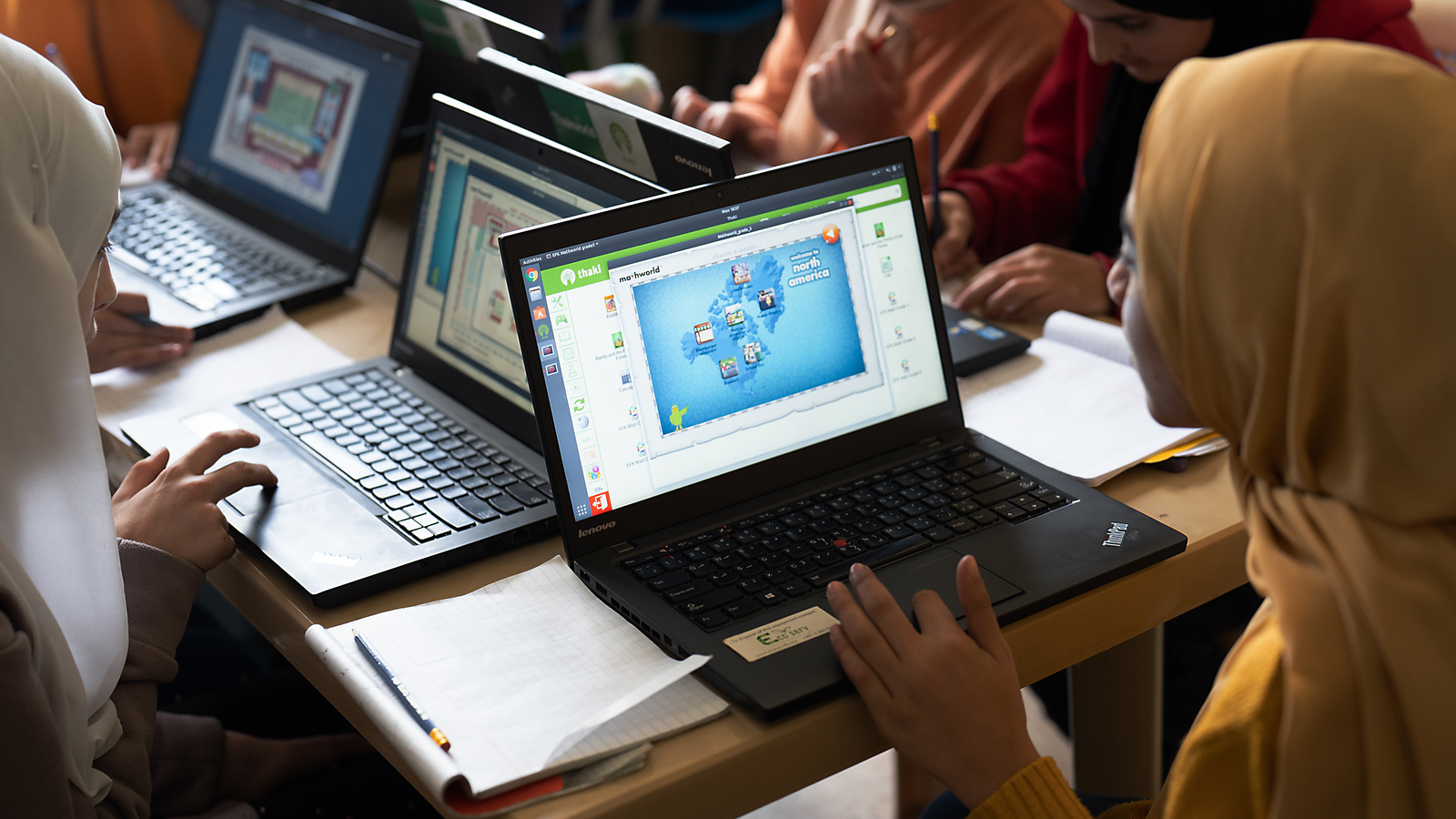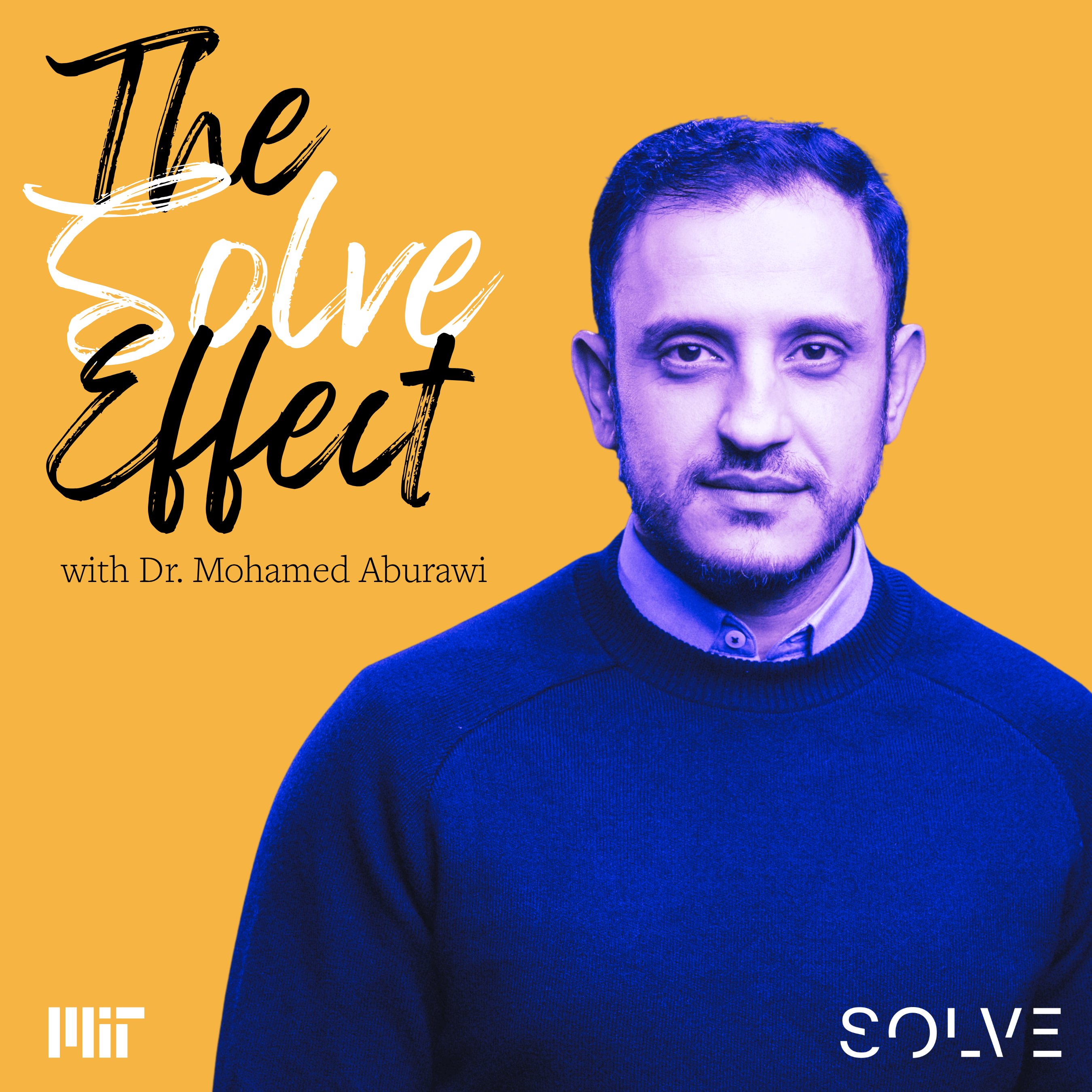
How Does MIT Solve Select its Global Challenges?
The world's problems are complex and interconnected. And MIT Solve was built with the conviction that by involving more people in solving those problems, we'd make faster headway.
That's why when deciding which Challenges to launch every year, we use a global consultative process that allows us to consider the most pressing issues in communities around the world—and we invite you to take part.
This first round of Challenge design voting is open until November 30. It includes topics pre-identified by Solve based on conversations with our community, as well as topics added by voters at large. Our community has already cast more than 6,000 votes and added dozens of original suggestions. You can vote and add your own topics, too!
So, after we receive all this input, how do we decide what makes a good global Challenge? When reviewing topics, we consider four key elements: impact potential, relevance, the role of technology, and opportunity for community engagement. Here’s what that means:
1. The Scale of Potential Impact
Solve looks for issues that, if addressed, will improve the lives of millions. In some cases that impact may be direct—such as improving health outcomes by providing accessible and quality tools to health workers. In other cases, it may be indirect—such as improving blue-collar working conditions through more inclusive global supply chains.
2. Global Relevance
We talk with people around the world. When we hear about local or regional issues, we want to understand what problems people believe are holding their community back. Even with very different contexts, local problems are often facets of a broader issue. If we find solutions addressing that broader topic, those solutions can be adapted and localized to solve issues around the world.
One example: participants in a recent Challenge Workshop highlighted that residents on Native American tribal reservations can benefit from business models that make low-carbon electricity for cooking more readily available—just as much as dwellers in the megacities of India or Nigeria.
3. A Catalytic Role for Technology
As an initiative of MIT, technology is embedded in Solve’s DNA. In conversations with policy experts, researchers, and on-the-ground communities, we look for Challenges for which technology-linked innovation—hardware or software—can play a key role.
In some cases, technology can not only provide new products and services, but it can also enable better policies and shape healthier behavior. In other cases, we decide that Solve is not the right group to tackle a problem, often because it first requires fundamental research, or because above all else, the solution requires policy changes.
4. Community Engagement
Finally, Solve is about brokering partnerships to scale impact. We know that even if we craft the right Challenge and find the best tech-powered solutions to address it, without a community of support, we won’t accomplish much.
This is why we select the Challenges around which there are strong and diverse coalitions. Those coalitions provide financial and non-financial resources as well as the expertise needed to scale the best ideas the world has to offer.
Our Challenge design process is, at its core, a collaborative effort. We need your input to select topics that matter, focus on the right aspects of a problem, and involve diverse stakeholders. There are three key ways to engage:
Join the global conversation: vote or add a topic here.
Join the Solve community as a member: learn how to join here.
Host us at your upcoming conference: get in touch here.
Solver brainstorms at Solve Challenge Finals new Solver orientation, September 18, 2017. (Photo: Samuel Stuart / MIT Solve)
Tags:
- Learning
- Economic Prosperity
- Membership
- Health
- Sustainability
Related articles
-
“Education is the one thing you can take with you.” A Q&A with Rudayna Abdo, Founder and CEO, Thaki

-
A LEAP in evidence-based innovation for education
How to address the need for evidence-based innovation in education by empowering researchers, social entrepreneurs and education organizations to work together.
-
A Visionary Healthcare Innovator: Dr. Mohamed Aburawi on Tech, Healthcare, and Impact Investing
In the newest episode of The Solve Effect, Dr. Mohamed Aburawi shares how building in crisis can spark innovation that lasts.